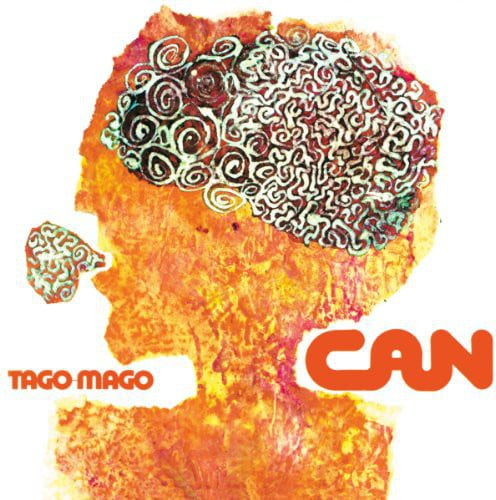

Can's insight was that jamming alone wasn't going to do the trick.

They recorded soundtrack music and a few straightforward rock songs early on, but what they were really interested in doing was going beyond kinds of music for which they had language.įor some musicians of that time, that meant replacing (or augmenting) composition with improvisation: letting the unconscious mind take over in the instant, and recording the results. The core of Can was four German musicians from wildly different backgrounds- when they initially came together in 1968, two of them had studied with composer Karlheinz Stockhausen, one had played jazz, and one was a teenage guitar whiz. It's a colossus of an album, the product of a band that was thinking huge, pushing itself to its limits, and devoted to breaking open its own understanding of what rock music could be. You couldn't do much better than beginning with 1971's Tago Mago, freshly reissued in a "40th Anniversary Edition" (whose main difference from previous editions is the addition of a live disc from the following year).


 0 kommentar(er)
0 kommentar(er)
